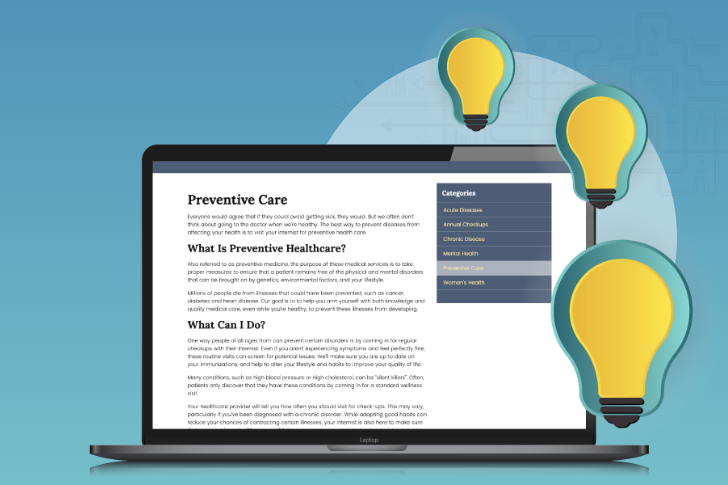3 Things No Practice Website Can Do Without
A good website has a lot in common with a good house. There are a world of possible amenities and features in both, and every potential buyer will have different priorities. While one homebuyer might prioritize gas stoves over electric, and another might highly value a spacious patio, all can agree that their house will need walls, a roof, and central heating. The same is true of websites. Without these 3 things, your practice website will be unfit for living.
1.Mobile Optimization
52.2% of all internet traffic comes from smartphones and tablets. So if your site isn’t equipped to handle being displayed on those devices, you’re missing out on 52.2% of patients searching for your practice online. Mobile-optimized websites reach more people, achieve higher Google rankings, and provide a much better user experience. We recommend responsive design for your website.
2.HTTPS Security
Starting in July, Google will label all websites that don’t use HTTPS as ‘not secure.’ But what does this mean for you? Standard HTTP communication is unencrypted, and is therefore vulnerable to attack by nefarious third parties. HTTPS adds encryption and security (that’s what the S is for) to data transferred between your website and a patient’s browser. This way, third parties can’t interfere, which helps you keep your patients’ information safe, and your practice HIPAA compliant.
Without HTTPS, your website won’t just be unsecure; it will also be quickly abandoned by patients who see Google’s forthcoming “not secure” warning.
3.Adherence with ADA Guidelines
We’re not talking about the American Dental Association, here. ADA in this case stands for the Americans with Disabilities Act – the same legislation that requires your physical practice to be accessible to those with disabilities. In the near future, these regulations will also apply to your website.
As of today, there is no legal definition for what makes a website “ADA compliant.” We do, however, have guidelines about what sort of accommodations are likely to be required when the law finally goes into effect, which could be as soon as later this year. To see the comprehensive list of guidelines, check out the WCAG 2.0’s ‘Level AA Success Criteria.’
These are just the bare-bones minimum of what to look for in a new website. Of course, there are plenty of customization options available, and you should choose the website that’s right for you. All of Officite’s website fulfill these 3 guidelines.
To learn more, download our white paper: Is Your Website Ready for 2019?



